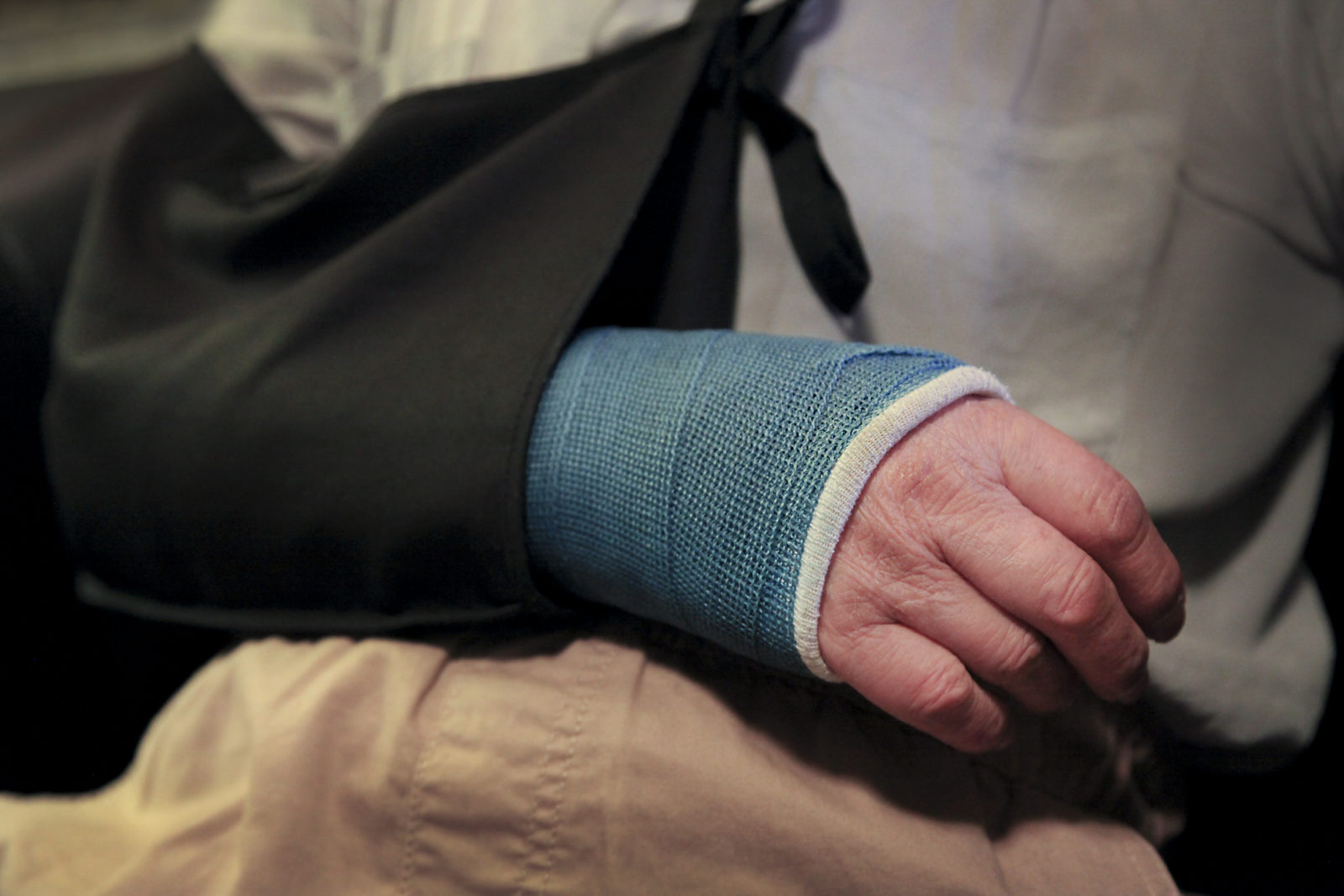Aging & Caregiving in the News

Information, updates from across the country and around the world.
In this issue:
- A fractured bone can weaken all our bones
- More proof your smartphone can keep you up at night
- Does Medicare waste money on people at the end of life?
Weak Bones Lead to Fractures—And Maybe the Resverse Is Also True
Here’s another reason to protect against falls and car accidents: Seniors with certain risk factors—such as vision loss, osteoporosis, arthritis and balance problems—are more likely to fracture a bone. But could a fracture itself raise the risk of another broken bone? “We know one fracture seems to lead to others, but we haven’t known why,” said University of California Davis professor Blaine Christiansen. He and his research team found that, for older adults, fracturing a bone causes weaker bones—not just near the fracture, but throughout the body!
Christiansen and his team compared 20 years of bone mineral density tests of 4,000 older women, and noted that when a participant broke a bone, they experienced more rapid bone loss over the next couple of years. Mouse studies confirmed this effect. “Our work is the first step on the path to identifying the cellular mechanisms of systemic bone loss,” said Christiansen. He hopes these findings will lead to improved treatments for osteoporosis. Read more about the study here.
Want a Good Night’s Sleep? Banish These Devices!
A number of studies have shown that taking our smartphones, tablets, laptops and other light-emitting devices to bed with us, or even using them in the hours before we turn in, can have a bad effect on our sleep quality. A recent study by a neuroscientist from Harvard Medical School confirmed that the use of these devices suppresses our body’s secretion of melatonin, the hormone that regulates sleep and wakefulness. Because the volunteers in the study weren’t sleepy, they delayed going to sleep. And they were groggier in the morning. “These findings provide more evidence that light-emitting electronic devices have biological effects,” said study author Dr. Jeanne Duffy. “Using light-emitting electronic devices in the late evening can postpone our decision to go to sleep, and make us more sleepy the next morning.”
How about watching TV? Other studies have shown that even though we might drift off on the couch in front of the TV, staring into the TV right at bedtime can leave us more wakeful. Read a book instead or listen to soothing music. Read more here.
Is End-of-Life Spending Really “Wasteful”?
It’s a story often told by the media: A patient whose chances for survival are hopeless is put on life support at a huge cost to the health care system. It’s true that 25% of Medicare spending goes to the care of patients in the last year of their life. But, says a new report published in the journal Science, the belief that this is “wasted” money is based on an incorrect understanding of the data.
In fact, say the study authors, “There is very little Medicare spending on patients whose death within the year is highly likely.” Often, doctors are unable to predict whether a patient will survive. Patients in the last year of life are often very sick, with corresponding health care costs. But sometimes treatment works, and patients live. Said MIT economist Amy Finkelstein, “I do hope we stop pointing to end-of-life spending as an obvious problem. That’s not to say there aren’t problems in the U.S. health care system, but this is not a symptom of them.” Read more about the MIT study here.
Source: Grace Barker Health reprinted from Aging in Stride; copyright 2018 IlluminAge.
![Grace Barker Health [logo]](https://www.gracebarkerhealth.com/wp-content/themes/gracebarker-2017/images/logo.png)




